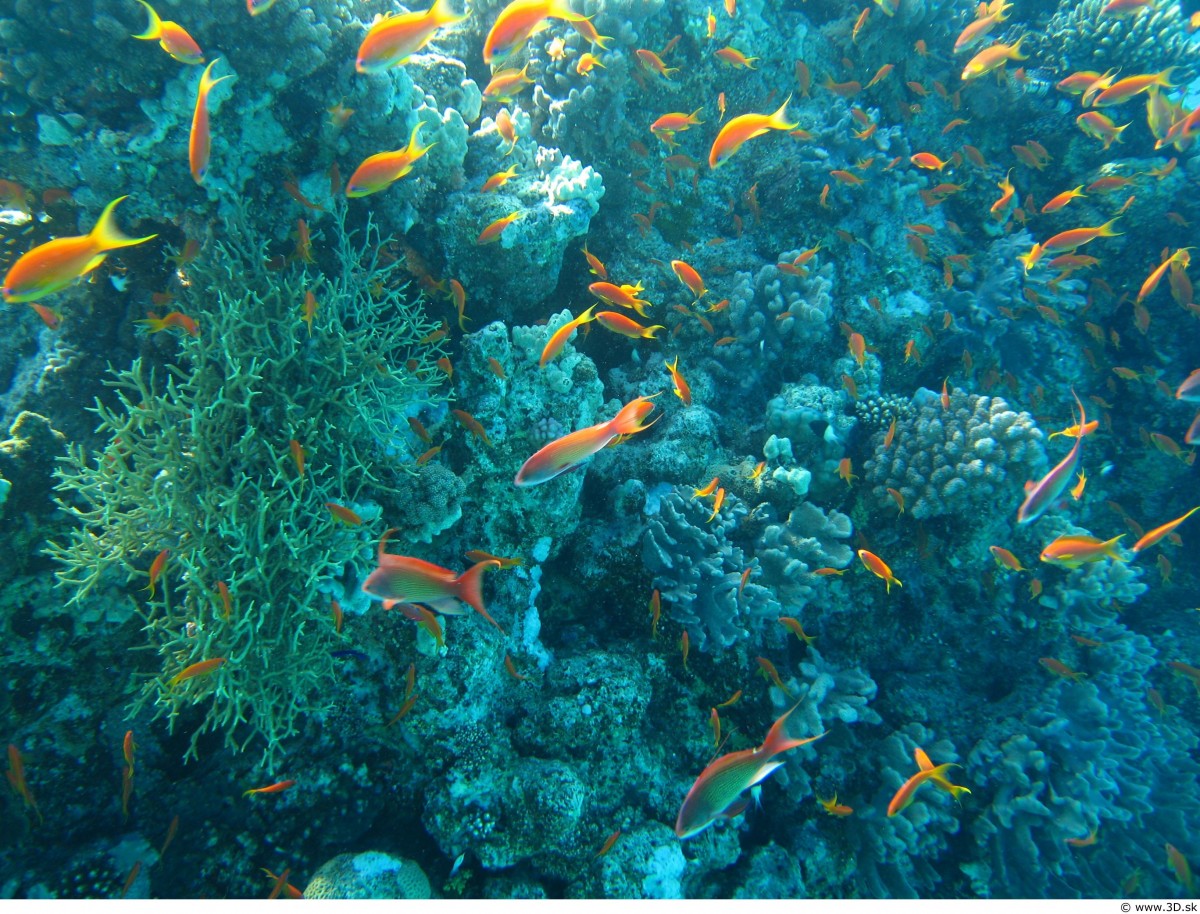This legally binding pact was finally agreed on after five rounds of UN led negotiations that ended in New York on Saturday.
The treaty plays a major role in global efforts to protect 30 precent of the world’s land and sea by the end of the decade. This target is known as “30 by 30”.
The treaty also requires countries to carry out environmental impact assessments of any proposed activities on the high seas.
Greenpeace says that 11 million square kilometres of ocean must be under protection every year until 2030 in order to meet the 30 by 30 target.
The high seas – parts of the ocean that are not part of the territorial sea or internal waters of a country – make up 60 percent of the Earth’s oceans and nearly half of the planet’s surface. However, only around one percent of the high seas are currently protected, and pollution, acidification, and over-fishing are major threats.
Laura Meller, a Greenpeace campaigner who attended the talks said, “Countries must formally adopt the treaty and ratify it as quickly as possible to bring it into force, and then deliver the fully protected ocean sanctuaries our planet needs.”
“The clock is still ticking to deliver 30 by 30. We have half a decade left, and we can’t be complacent.”
UN Secretary-General, Antonio Guterres, said that the agreement was a “victory for multilateralism and for global efforts to counter the destructive trends facing ocean health, now and for generations to come.”
A UN statement said the treaty is “crucial for addressing the triple planetary crisis of climate change, biodiversity loss and pollution.”






